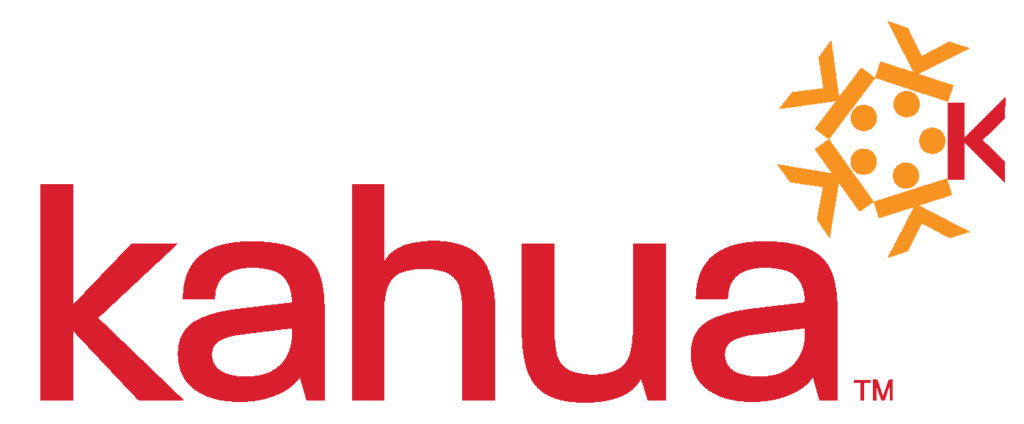Why Your Construction Document Management Needs to Go Paperless
There was a time, not so long ago, where I had one very important role on a project.
Update the drawings.
That was it, for 50-60 hours per week. There were thousands of sheets, and we were getting daily addendums with answers to dozens of RFIs at a time, so I would update the drawings (and specs).
You see, we were still using paper. Each addendum would come out on 8.5x11 paper with updated sections of a drawing called out, and I would cut, align and paste the new section where it belonged on a sheet. Have you ever been there? Are you still there?
When you’re in construction and dealing with the tight timelines and stringent quality requirements, up-to-date documentation plays a pivotal role. Yet, many construction projects continue to rely on heavily manual, paper-based systems. This negatively impacts efficiency, increases operational costs and makes collaboration virtually impossible. As the industry continues to digitally transform, it has become clear that going paperless is no longer a trend but a necessity.
The Cons of Paper-Based Document Management
Relying on paper in construction document management may seem manageable on the surface, just print a set and go, but the hidden costs and challenges quickly add up. The moment something changes (and believe me, stuff changes), paper-based systems are rife with inefficiencies. We already discussed the manual handling and processing, but what about storing the documents or trying to search for something?
As construction projects grow in complexity, sorting, filing and managing thousands of documents, contracts, and drawings in a paper format can overwhelm project teams. The immense risk of error, or misplaced files, makes it nearly impossible to maintain accuracy and meet project timelines. At the end of the day, project owners are left paying the bill, whether that be higher operational costs, more delays, or simply strained communication across teams.
Inefficiencies in Handling and Processing
Handling paper documents involves time-consuming processes, and construction projects are no exception. Every piece of paper must be sorted, filed and often manually delivered from one team member to another. As does every change notice, RFI response or addendum. On top of that, with each of these updates, drawing changes must be searched out, cut and pasted into place on the original set.
This process leaves room for human error, such as lost or misfiled documents, missed signatures, or outdated versions of plans being used in the field. That potential for error is multiplied by each different contractor or vendor on the project, as there is no one set for everyone to utilize. This creates a massive bottleneck in the workflow, and the time lost in physically managing and searching for documents impacts project timelines.
And if someone made a mistake in paper updates, well that can lead to costly rework. This risk could be mitigated by adopting a digital system that reduces manual errors, provides easy access to updated files, and ensures everyone works from the same set of data.
Increased Operational Costs
I know what you’re thinking, a digital solution is so much more expensive than using paper. Are you sure about that?
Beyond the already mentioned inefficiencies, the financial burden of paper-based document management is considerable. Printing costs, document storage, and retrieval expenses quickly add up. For larger projects, printing updated plans and drawings for every change order can become a significant expense. Additionally, the need for physical storage, whether on-site or off-site, requires ongoing investment that lasts for years.
That’s just the physical paper. The rework costs associated with lost or misfiled documents can also be staggering. A misplaced contract or drawing could cause delays, legal issues, or missed project deadlines, leading to further financial strain. With labor and material costs rising, construction owners are under more pressure to find ways to reduce expenses. Transitioning to a paperless system can help streamline operations and eliminate many of these unnecessary costs.
The Benefits of Going Paperless
Switching to a paperless document management system offers numerous benefits that go far beyond saving trees. The construction industry has been steadily adopting digital tools that not only increase efficiency and productivity but also create a more collaborative and accessible environment for project teams.
A well-implemented paperless document management system offers construction owners an opportunity to streamline operations, enhance productivity, and reduce expenses while also reducing environmental impact.
Enhanced Efficiency and Productivity
A paperless document management system enables instant access to project documents from anywhere, at any time. By eliminating the need for physical paperwork, construction owners and project managers can retrieve, share and update documents in real-time, dramatically reducing the time spent on administrative tasks. It’s not just one set of drawings that is updated, it’s the set of drawings, meaning everyone has every update without the need for additional work.
This real-time access means project stakeholders can review documents, submit approvals or flag issues without waiting for physical copies to be delivered.
That’s where automation also plays a role in enhancing productivity. Many digital systems allow for automated workflows, guaranteeing that documents are not only updated, but they move through the necessary channels without manual intervention. This eliminates bottlenecks and reduces the risk of missed approvals, so projects move forward on schedule.
Cost Savings and Resource Optimization
Then there’s the dollars and cents side of things. Eliminating printing and storage costs is just the beginning, the financial benefits of going paperless are significant. With a digital system, fewer resources are needed to manage, store, and retrieve documents. This frees up both time and physical space, allowing teams to focus on more value-added tasks rather than dealing with paper-related issues.
Furthermore, with improved accuracy and fewer errors, construction owners can avoid the high costs associated with rework or project delays. Going paperless reduces the risk of legal complications arising from lost documents or outdated information, potentially saving thousands of dollars in legal fees and contract disputes.
Improved Accessibility and Collaboration
Arguably the most impactful benefit of going paperless is the ability to improve collaboration across project teams. With a digital document management system, multiple stakeholders – whether they’re in the office, on-site, or working remotely – can access the same documents simultaneously. This transparency fosters better communication and teamwork, ensuring everyone is on the same page and reducing the risk of misunderstandings.
Additionally, cloud-based storage solutions offer secure, centralized access to RFIs, submittals, clarifications and other forms of communication. Whether teams need to review drawings, make comments, markup sections or simply approve and forward, having the information available at their fingertips helps drive quicker decision-making and more agile project management.
And let’s not forget, digital documentation is available everywhere, even on your phone or tablet. That means access to the documents you need in a searchable, easy to consume way at the operation.
How to Transition to a Paperless Document Management System
Transitioning from paper to a digital document management system may sound daunting, but with careful planning and a structured approach, it can be a smooth and rewarding process. Here’s a quick step-by-step guide to help construction project owners successfully make the shift.
Assessing Your Current Document Management Practices
The first step toward going paperless is understanding your current document management practices. Conduct an audit of your existing processes to identify the inefficiencies and bottlenecks that are most plaguing your team. How long does it take to retrieve a document? How much do you spend on printing and storage each month? What does it take to update and revise documents?
Understanding where improvements can be made will help you set realistic goals for your transition.
This assessment will also highlight the key features you need in a digital document management system. Do you need strong version control for complex design documents? Or perhaps mobile access for teams in the field? Tailoring the solution to your specific needs ensures a more successful transition.
Implementing and Adopting the New System
Once you’ve chosen a paperless solution, implementing it effectively is crucial for realizing quick benefits. Start by designating champions within your organization who can support their peers as they adapt to the new system. Lean on their influence to guide training for your team on the new system, ensuring they understand how to access documents, use search functions, and collaborate in real-time.
Additionally, you may consider adopting a phased approach to implementation. You don’t need to digitize everything at once. Begin with a few key documents or workflows and gradually expand as your team becomes more comfortable. This method reduces the risk of overwhelming your people and helps ensure a smoother transition.
Go Paperless with Kahua’s Document Management Software
Transitioning to a paperless document management system is no longer optional for construction project owners; it’s essential for staying competitive and informed in a fast-evolving industry. The benefits of increased efficiency, cost savings and improved collaboration are clear. However, selecting the right solution for your team is key to reaping these rewards.
Kahua offers a robust, cloud-based document management system specifically designed for construction owners. With Kahua, you can centralize your documents, streamline workflows and collaborate more effectively with your teams. Additionally, our platform supports the unique needs of your construction projects, allowing you to manage your documents efficiently and securely in your way, from start to finish.
Don’t get stuck assigning an engineer to simply babysit the drawings. Going paperless is a smart investment for your project’s future, and Kahua is here to help you every step of the way.


